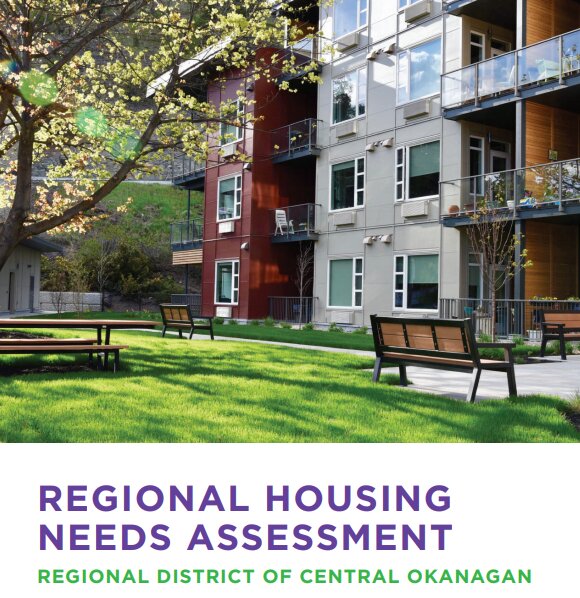
A housing assessment revealed that buying a home in Kelowna is now out of reach for most people. The Regional District of Central Okanagan (RDCO) was the one who conducted the study.
In 2015, the RDCO reported median income of $82,000 for couples in Kelowna, which is not enough to afford a home without spending more than 30% of their income on mortgage payments.
The report also found that single-parent or single-person households will have no chance of purchasing homes at the average price because there are no affordable options for them to purchase.

“People are having a tough time finding affordable housing in Kelowna,” says James Moore, the city’s policy planning manager. “The community is growing rapidly, and affordable housing is scarce for people of all incomes.”
“I would say that the assessment is based on current trends that are unlikely to change anytime soon.”
This new report concludes that the cost of renting is affordable when you’re in a couple, but it can be tough when you’re on your own. For example, in Kelowna, singles are only able to afford renting a studio or one-bedroom dwelling.
“The City of Kelowna is a location where prices tend to be more expensive than other regions,” said Moore.
On paper, West Kelowna is the most affordable community in the Central Okanagan. But according to the report, people making $90,000 can only afford to purchase a condo and stay within 30% of their annual income.
Townhomes and houses remain out of their reach.
The report says that there is not a single affordable home in West Kelowna for people living in lone-parent or single-person households.
The Regional District of Central Okanagan expects the population to grow by 60,000 people by 2036. That means around 26,000 homes of all types will be needed.
“Danika Dudzik, RDCO senior planner, says ‘There is still a lack of affordable housing to meet the needs of the community in the Central Okanagan region. Despite an influx of new housing units, this growth has not kept up with the demand.'”
The City of Kelowna and the Regional District of Central Okanagan (RDCO) used the information in the report to better prepare for the future.
You can read the full report here.

